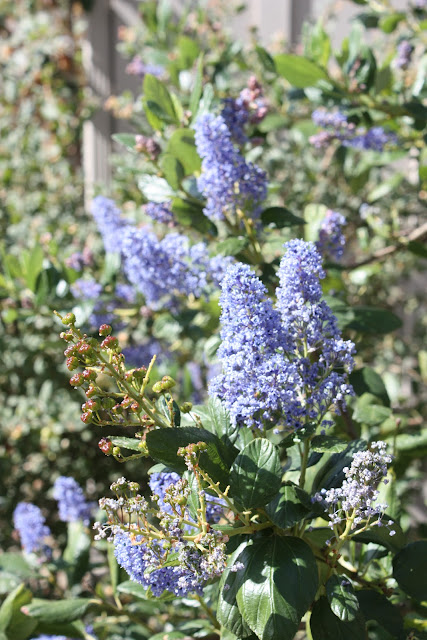The Santa Barbara Botanic Garden exists on approximately 74 acres of land situated primarily in Mission Canyon. The garden was originally designed to emphasize plants from the Pacific area of North America but now consists almost exclusively of native California plants. These plantings comprise seven distinct sections.
 | ||
| Garden entrance |
 |
| Garden shop |
 | |
| The desert section also contains Agave plants and the only palm native to California. |
 |
| The meadow section consists of grasses representative of California and showy annuals such as the California poppy. |
 |
| Beauty abounds in the meadow section, unknown plant. |
 |
| The Redwood section lays at the upper part of the canyon section. Though they are not native to this part of California irrigation helps provide the right conditions for them to flourish. As the burned trunks show they are rather fire hardy. This area experienced a major fire in 2009 but the redwoods live on. See related fire articles (Jesusita Fire and Bobcat-Fawn rescue). |
 |
| Heading into the canyon section we encounter a few boulders and... |
 |
| riparian woodlands of Western Sycamore and White Adler. |
 |
| Coming out of the Canyon section we come upon a Japanese Teahouse & Garden. |
 | |
| The entrance is the little door on the left and the panels on the right are meant to side to the left giving those inside a view of the garden while enjoying their tea as the next scene shows. |
 |
| For teahouse article see pdf |
 |
| The End! |














No comments:
Post a Comment